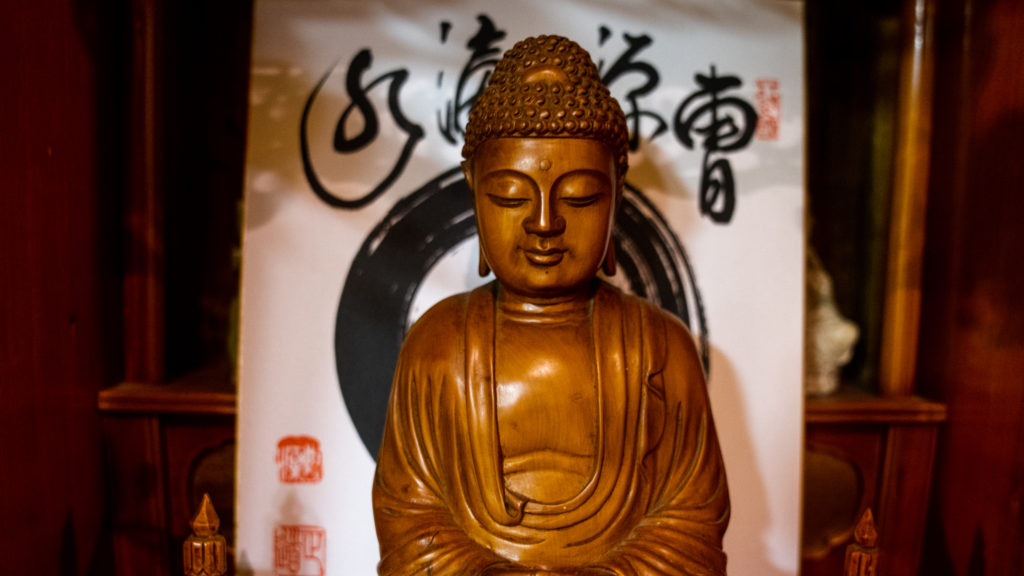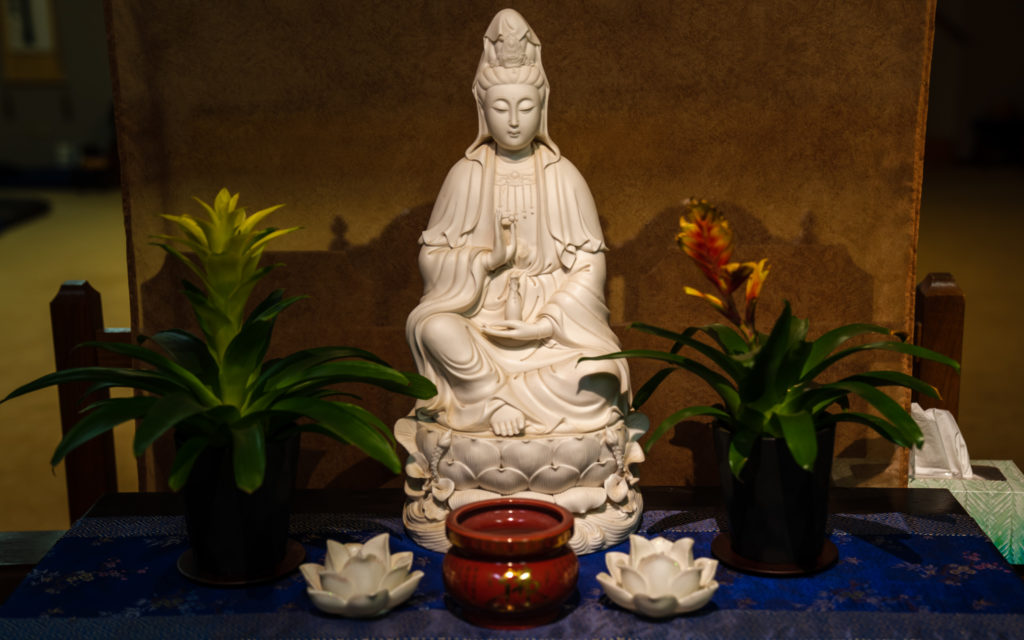Zen Practice

What Is Zazen? – Zazen literally means “sitting meditation,” but it also includes meditation in action. It is a form of silent inner inquiry handed down some 2500 years from the historical Buddha Shakyamuni, also known as Siddhartha Gautama, through the Buddhist masters of India, China, Japan, and now, the West. Susok’kan (a traditional breath practice), the “Questioning Breath,” and koan work—all specific zazen practices—are taught at HVZC.
“Zen practice is not clarifying conceptual distinctions, but throwing away one’s preconceived views and notions and the sacred texts and all the rest, and piercing through the layers of coverings over the spring of self behind them. All the holy ones have turned within and sought in the self, and by this went beyond all doubt….Whether you are going or staying or sitting or lying down, the whole world is your own self. You must find out whether the mountains, rivers, grass, and forests exist in your own mind or exist outside it.”
– Daikaku Zenji
The ultimate aim of zazen is to discover our True Nature and then to integrate that deeply liberating experience into our daily life and so live a life of clarity and benefit to all beings.

Susok’kan
The central core of practice at HVZC is susok’kan, also known as the Extended OutBreath. Even for koan-practice students, susok’kan is still the basis of practice. It is simple yet challenging practice requiring patience and perseverance. Here are the basics:
Seat yourself in an upright, gently erect position, with your back straight, body taut but not tight, shoulders and belly relaxed. Hands are clasped in the lap, close to the body, in either of the two zazen hand positions. Head is erect, not bowed, eyes are open and gaze is soft-focus and angled down.
Focus your awareness as if it is coming from your “hara”—the lower abdomen—and allow your breath to fall out naturally. When it reaches the bottom of the breath and you feel like breathing back in, instead, extend it further out. Your belly will begin to pull in as the diaphragm helps empty air from your lungs. Focus completely on the physical experience, the physical sensations, of breathing out. Everything else is let go but not pushed away.
When the breath is as far out as it can go without causing gasping, relax your abdominal muscles and allow air to naturally flow back in, without restraint.
Continue this breath after breath, “like overlapping fish scales.” If you are doing it properly you will become more and more aware and focused. Done correctly (and here, working with a teacher is important) and on a regular, continuing basis for long enough, this practice will bring you to the very threshold of liberation.
Sufi Master Jelaluddin Rumi spoke:
– Rumi
“There is a way between voice and presence where information flows. In disciplined silence it opens. With wandering talk it closes.”
